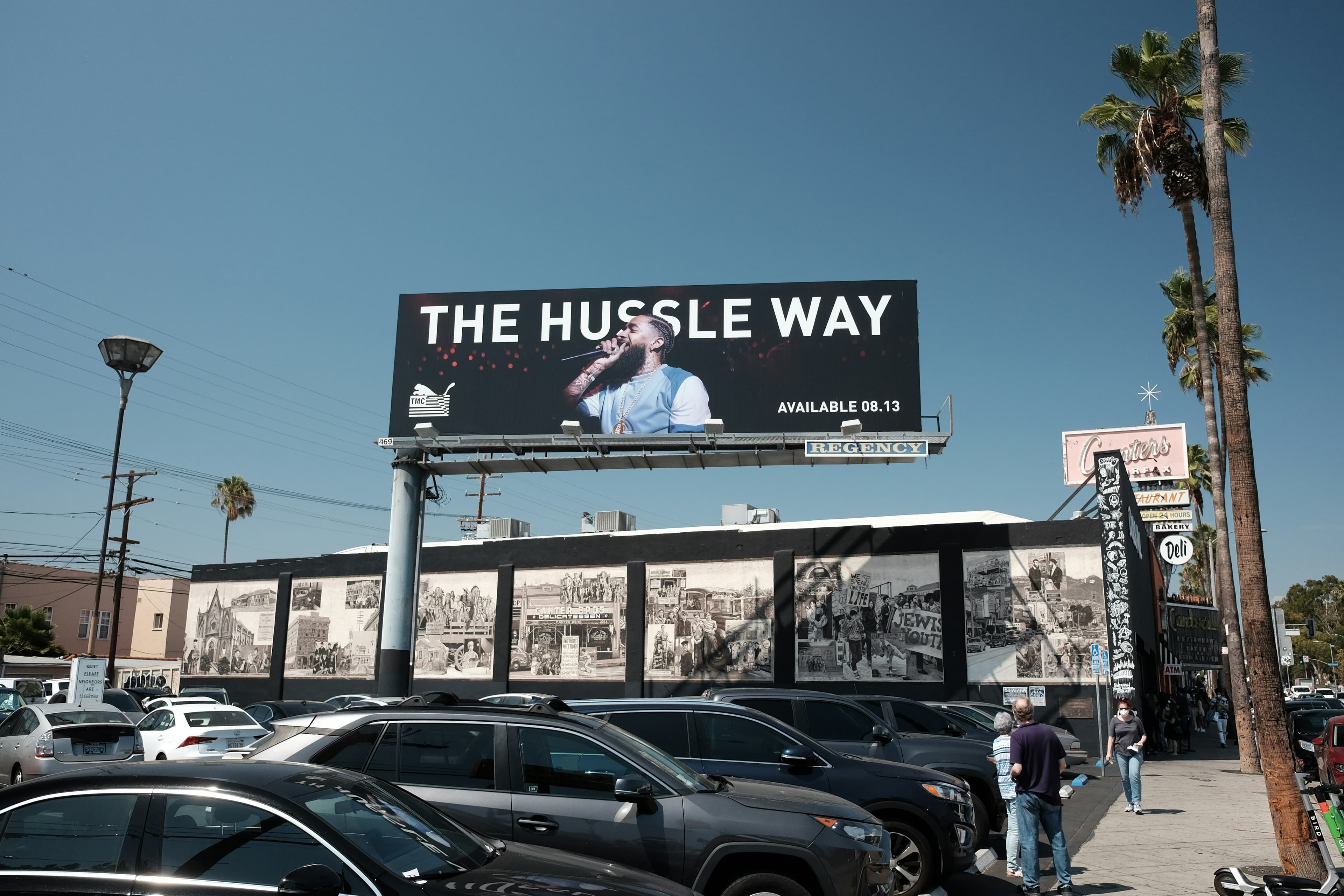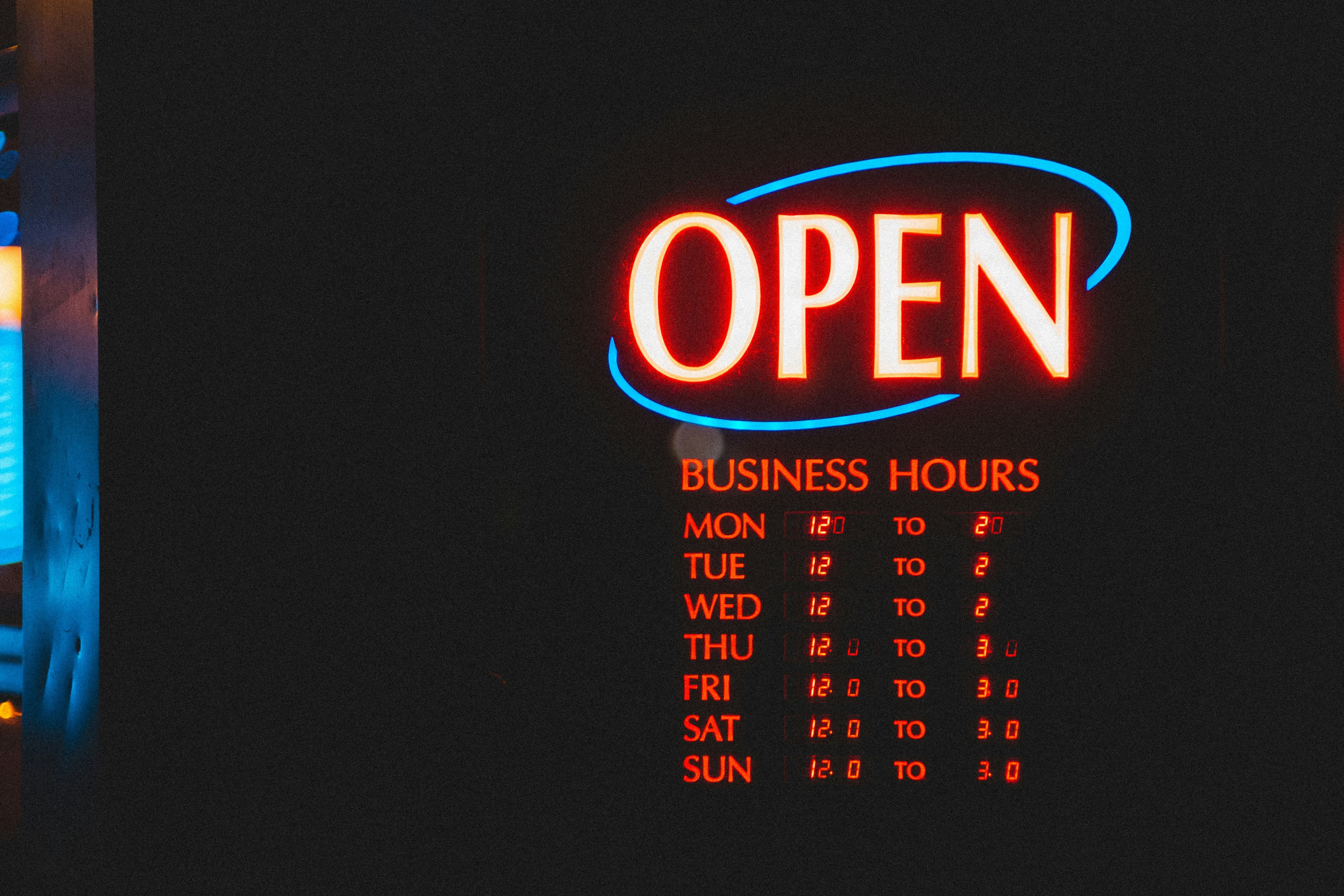Why Your Business Isn't Selling (And What to Do About It)

It’s a frustratingly common story: your business seems to have all the right pieces in place. The product is solid, the pricing makes sense, and people seem interested. Yet, the sales just aren’t there. The number one reason so many businesses struggle isn't a fundamental flaw in their model—it’s a breakdown in the art of selling.
Many entrepreneurs today shy away from direct selling. They'd rather send a proposal over email than present it face-to-face. They’ll put an iPad on a store wall and hope it does the work of a human being. While some customers might say they prefer these hands-off approaches, we can't let those preferences get in the way of what actually works. The hard truth is, no money gets made until someone sells something, and very little gets sold unless someone directly asks for the order.
All of your marketing, advertising, and social media efforts must lead to a point where a transaction can happen. Anything else is just professional visiting. The real skill is knowing exactly how to ask your prospect to take action.
Stop Selling to Everyone
If you’re trying to market your product to the entire world, you're setting yourself up for a battle against massive companies with billions to burn. Targeting every single person who could possibly use your service is a recipe for failure.
Instead, you need to get incredibly specific about who your ideal client is. Think about your favorite customers:
- Where did they find you?
- What are their habits and interests?
- What do they read? How much do they earn?
- What is it about your business that they connect with?
Once you have a clear picture of this person, you can focus on finding them and understanding what unique problem you can solve for them. This is the first step in building a lead generation system that actually works, one perfect for anyone looking to or grow an existing one.
Give Them a Reason to Connect
Once you know who your ideal customers are, you need to give them a compelling reason to contact you. This is your "Lead Generation Magnet"—an incentive designed to get them to raise their hand. It could be a free report, a guide, a webinar, or a special gift. The more desirable your magnet is, the more effectively it will pull in your perfect prospects.
For example, a wealth manager might offer a free book for business owners who have recently sold their company. A personal injury attorney could create free reports on specific legal topics. A consultant might offer a "Special Research Report" with case studies for hospital executives. The goal is to provide undeniable value that answers the question: “Why should I do business with you instead of anyone else?” Your Lead Generation Magnet should make it crystal clear what makes you different and compel people to act.
Moving Beyond "Likes" to Actual Sales
Many brands get stuck in the engagement phase on social media. They chase "Likes" because it feels good, but you can't deposit likes in the bank. You have to design your sales strategy you even create your content.
Christie’s Auction House understands this perfectly. When they held a record-breaking $852.9 million art auction, it wasn't by accident. They spent time cultivating relationships with qualified art buyers from around the world. They weren't just hosting an art show; they were engineering a sales event.
Michael Kors applied the same thinking to a Facebook campaign for a new sneaker line. They created an exclusive line of 500 pairs that sold out in seconds on Facebook before the main launch. This created a frenzy that led to the full line selling out in stores, too. They reached 36 million people and drove massive awareness and, more importantly, purchases. This is how you turn an into a real revenue stream.
You can even make a "boring" product feel exciting. An HVAC company in Omaha made furnaces sexy by offering an exclusive, time-limited deal on 57 units. By creating urgency and scarcity, they got their audience to act.
Lessons from a Self-Made Billionaire
Kylie Jenner became the world's youngest self-made billionaire by mastering this process. As the ultimate influencer for her own brand, Kylie Cosmetics, she leveraged her massive personal Instagram following to promote her products. She didn't need to pay for endorsements; she used her own face to showcase her makeup.
Her strategy was simple but effective:
- She observed that her young fan base was most active on Instagram and concentrated her efforts there, using Stories and feed posts to constantly endorse her products.
- Her website, powered by Shopify, is designed for mobile browsing and impulse buys. A centrally located "add to cart" button makes purchasing easy, and a sticky shopping cart that shows how much more you need to spend for free shipping effectively upsells customers.
- Seasonal launches and limited-edition collections for holidays and her birthday became a tradition. A Valentine's Day lip kit once sold out in just ten minutes, a method she has used ever since to create urgency.
Sometimes, the best way to make a sale is to ask for a smaller commitment first. This "transitional stepping stone" can speed up your sales cycle. Consider offering a low-cost trial, a coupon, a one-on-one consultation as part of a free seminar, or an introductory product. A prospect is worthless until they convert, so you need a system to turn them into buyers.
21 Ways to Monetize Your Audience and Create Extra Income
If you’re looking for ways to generate supplemental income or , you might be surprised by how much hidden money is already in your business. These are and strategies that can help you earn more without having to constantly hunt for new clients. Here are some of the you can start today.
- If you have an audience of at least 1,000 people, you can create your own storefront on Amazon and earn commissions on products you recommend.
- A blog is media you own. You can monetize it with ad revenue, affiliate links in your content, or by running sponsored posts for other brands.
- With over half the population listening to podcasts, it's a powerful and free way to reach an engaged audience. You can make money through ads or by promoting your own products.
- Create exclusive content your audience pays to receive. It's a great way to get paid while building a deeper relationship with your most loyal fans.
- Think about a booklet, workbook, planner, or journal that your audience would find useful. You can use print-on-demand services so you don't have to manage inventory.
- Organize an "expert book" where you interview other influencers. They promote the book to their audiences, and you get a bestseller while only having to write one chapter. This is a smart .
- Interview a group of experts and sell recordings of the event afterward. The guests promote it to their lists, generating leads and income for you.
- If you don't feel like an expert yourself, interview people who are and package their knowledge into a course people will pay for.
- If you've built a following, you can get paid to post about products, programs, and services you already use and love.
- Get paid for a single post or run an affiliate promotion where you share a link and earn a commission on sales.
- If video is your medium, YouTube will pay you to place ads in your videos. You can generate a steady stream of income this way.
- Invite a small group of 5-10 people to an exclusive, in-person event. These can be highly profitable and are a great way to kick off a .
- A group of people can sign up to meet regularly to learn and grow together. This can create a significant recurring revenue stream.
- Offer a one-on-one, intensive day where you help a client achieve a specific outcome. This is a high-value offer that can be incredibly profitable.
- Teach a course live online, then sell the recording as a digital product. It's an efficient way to create and sell a course. This is a great starting point for a .
- Kindle books are lead-generation machines you get paid for. You can include clickable links to your offers and generate leads and sales for years.
- If your self-published books sell well, you can leverage that success to get advances and royalties from traditional publishers.
- Share other people's products with your audience and get paid a commission. When you promote things you believe in, your audience will thank you for it.
- If a full book seems daunting, an eBook is a great option. You can compile existing blog posts or record yourself answering common questions and have it transcribed.
- A gift certificate is essentially a coupon with a higher perceived value. It’s an effective way to get new customers in the door.
- Package your knowledge into a digital course. If people are already asking you for advice on a topic, that's a sign you have a course people will pay for. This is how many people transition their work.
Build a System That Sells
A business once built a mailing list of over 100,000 potential customers. The demographics matched their ideal clients perfectly. They launched a major marketing campaign... and it was a total bust.
The problem wasn't the list; it was the behavior. Demographics don't equal sales. One of the best rules in marketing is that buyers are buyers, and non-buyers are non-buyers. This business had spent over a year giving away enormous amounts of free content without ever asking anyone to buy something. They spoiled their audience and never taught them to respond to an offer.
The ready-to-buy customers in that list grew impatient and wandered off. You have to give your real buyers a door to walk through. By making specific offers, you teach people to raise their hands and say yes. This allows you to separate the serious buyers from the casual browsers so you can focus your energy on those most likely to purchase.
Don't be afraid of repelling or alienating non-buyers. The only votes that truly count belong to the people who are willing to pay. Build a seamless, customer-centric system that guides people from their first point of contact straight to a sale. That is how you create that can grow into something much bigger.








